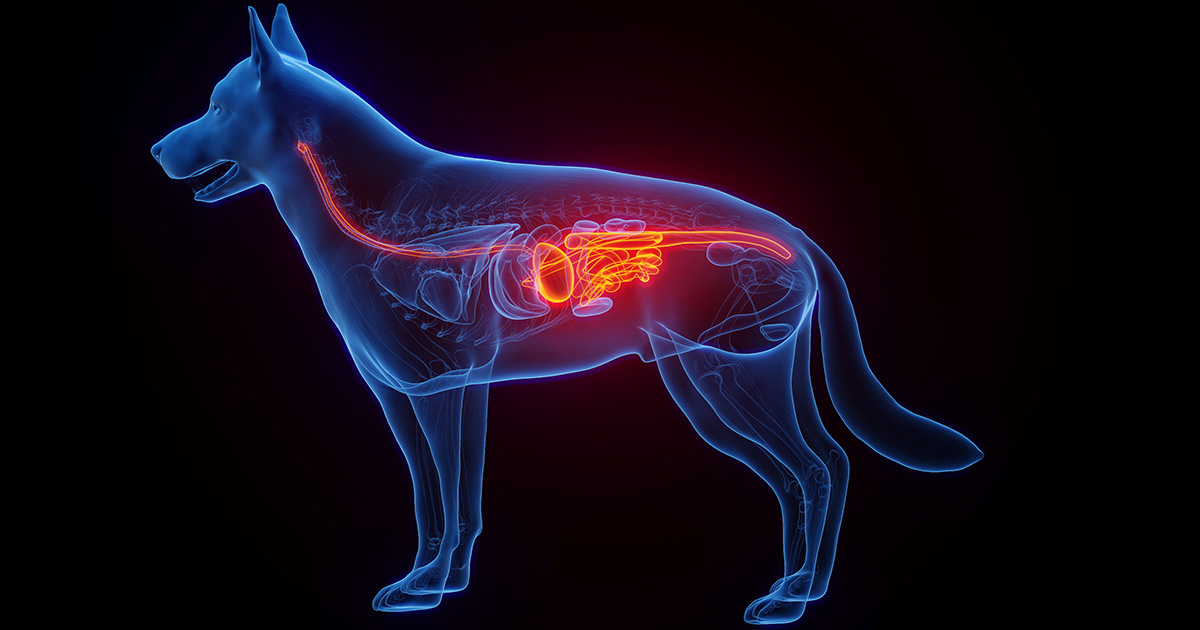Small Animal Gastrointestinal Diseases: Challenges and Advances
A special issue of Veterinary Sciences (ISSN 2306-7381). This special issue belongs to the section "Veterinary Internal Medicine".
Deadline for manuscript submissions: closed (15 August 2025) | Viewed by 29900

Special Issue Editor
Interests: small animal gastroenterology; oncology; internal medicine; clinical pathology
Special Issues, Collections and Topics in MDPI journals
Special Issue Information
Dear Colleagues,
Over the past 10 years, research in gastroenterology and hepatology has made much progress. It also has highlighted research aspects that changed how we approach both the diagnostic and therapeutical processes of liver and intestinal diseases, especially those associated with microbiota and metabolomics. In addition, some studies have shown important pathogenetic associations between the organs of the digestive system and other organs, such as the kidneys, pancreas, and endocrine glands.
This Special Issue aims to provide an update on the new knowledge for the clinical management of the digestive diseases of dogs and cats.
Original research articles, reviews, and communications are welcome. Research areas may include acute and chronic enteropathies, acute and chronic pancreatitis, hepatitis, and biliary tract disease in all aspects of diagnostics and therapeutics. Studies on innovative diagnostic techniques and biomarkers will be particularly appreciated. Hopefully, this Special Issue will further stimulate collaboration between scientists engaged in all aspects of this field of research.
Dr. Veronica Marchetti
Guest Editor
Manuscript Submission Information
Manuscripts should be submitted online at www.mdpi.com by registering and logging in to this website. Once you are registered, click here to go to the submission form. Manuscripts can be submitted until the deadline. All submissions that pass pre-check are peer-reviewed. Accepted papers will be published continuously in the journal (as soon as accepted) and will be listed together on the special issue website. Research articles, review articles as well as short communications are invited. For planned papers, a title and short abstract (about 250 words) can be sent to the Editorial Office for assessment.
Submitted manuscripts should not have been published previously, nor be under consideration for publication elsewhere (except conference proceedings papers). All manuscripts are thoroughly refereed through a single-blind peer-review process. A guide for authors and other relevant information for submission of manuscripts is available on the Instructions for Authors page. Veterinary Sciences is an international peer-reviewed open access monthly journal published by MDPI.
Please visit the Instructions for Authors page before submitting a manuscript. The Article Processing Charge (APC) for publication in this open access journal is 2100 CHF (Swiss Francs). Submitted papers should be well formatted and use good English. Authors may use MDPI's English editing service prior to publication or during author revisions.
Keywords
- pancreatitis
- enteropathy
- hepatitis
- cholecystitis
- microbiota
- metabolomic
- biomarkers
Benefits of Publishing in a Special Issue
- Ease of navigation: Grouping papers by topic helps scholars navigate broad scope journals more efficiently.
- Greater discoverability: Special Issues support the reach and impact of scientific research. Articles in Special Issues are more discoverable and cited more frequently.
- Expansion of research network: Special Issues facilitate connections among authors, fostering scientific collaborations.
- External promotion: Articles in Special Issues are often promoted through the journal's social media, increasing their visibility.
- Reprint: MDPI Books provides the opportunity to republish successful Special Issues in book format, both online and in print.
Further information on MDPI's Special Issue policies can be found here.






